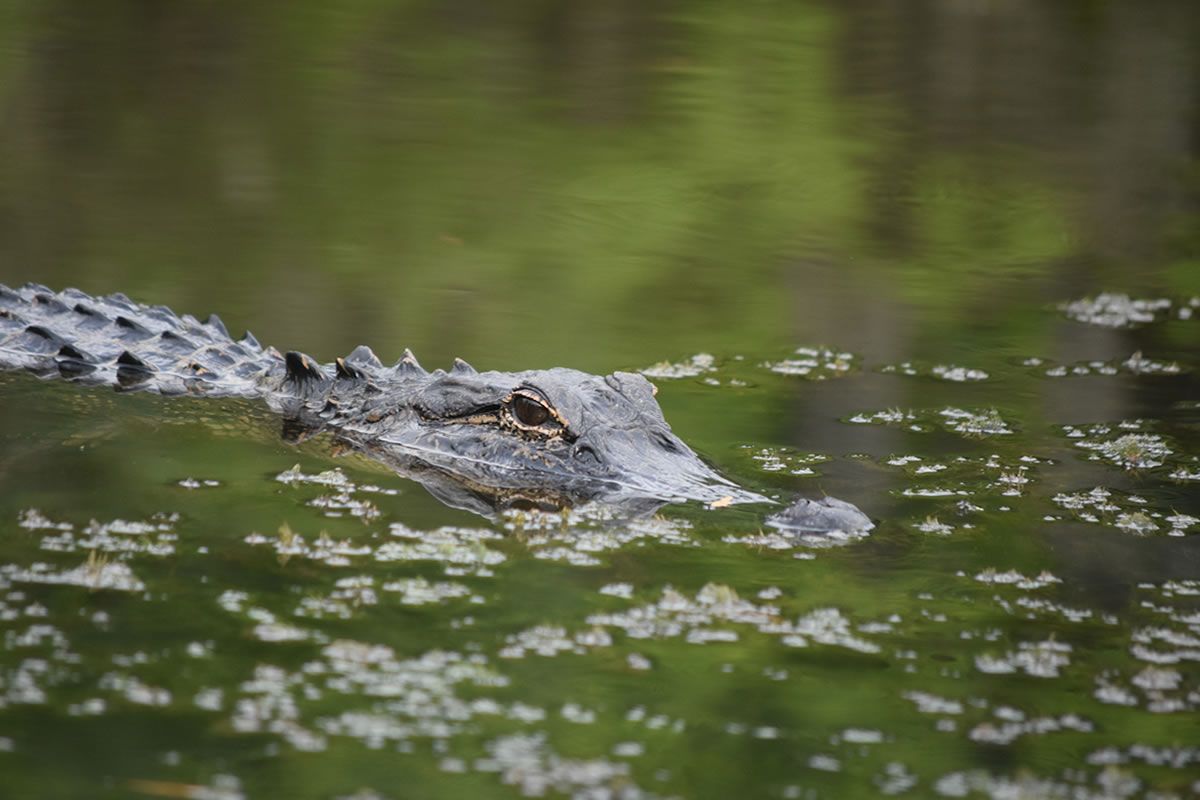Anyone who has ever been in the plumbing industry has heard these amazing stories about alligators in the sewers in major cities. But are they true?
Do Alligators Live in Sewers?
Alligators do not live in sewers. Though, sewer alligator stories date back to the late 1920s and early 1930s; in most instances, they are part of a contemporary legend. They are based upon reports of alligator sightings in rather unorthodox locations, in particular, New York City, but have yet to be confirmed.
Legend of the Alligator in Sewer
Following the reports of sewer alligators in the 1930s, the story has built up over the decades and become more of a contemporary legend. Many have even questioned how accurate the original stories are, and some have even suggested they are fictions created by Teddy May, who was the Commissioner of Sewers at the time.
Interviews with him were the basis of the first published accounts of sewer alligators. However, the story of the 'sewer gator' in New York City is well known and various versions have been told.
As late as the middle of the 20th century, souvenir shops in Florida sold live baby alligators (in small fish tanks) as novelty souvenirs. Tourists from New York City would buy a baby alligator and try to raise it as a pet. When the alligator grew too large for comfort, the family would proceed to flush the reptile down the toilet.
What happens next varies. The most common story is that the alligators survive and reside within the sewer and reproduce, feeding on rats and garbage, growing to huge sizes and striking fear into sewer workers.
In Robert Daley's book The World Beneath the City (1959) he comments that one night a sewer worker in New York City was shocked to find a large albino alligator swimming toward him. Weeks of hunting followed.
According to May, sewer inspectors first reported seeing alligators in 1935, but neither May nor anyone else believed them. "Instead, he set men to watch the sewer walkers to find out how they were obtaining whiskey down in the pipes." Persistent reports, however, perhaps including the newspaper item discovered by Coleman, caused May to go down to find out for himself. He found that the reports were true. "The beam of his own flashlight had spotlighted alligators whose length, on the average, was about two feet."
May started an extermination campaign, using poisoned bait followed by flooding of the side tunnels to flush the beasts out into the major arteries where hunters with .22 rifles were waiting. He announced in 1937 that the gators were gone. Reported sightings in 1948 and 1966 were not confirmed.
However, there is no mention of "blind albino" alligators, and May suggests that the baby alligators were dumped down storm drains rather than "flushed down the toilet"
An additional reference to the sewer alligator exists in Thomas Pynchon's first novel, V. It fictionalizes the account, stating Macy's was selling them for a time for 50 cents. Eventually the children became bored with the pets, setting them loose in the streets as well as flushing them into the sewers. Rather than poison, shotguns were used as the remedy. Benny Profane, one of the main characters in the book, continues to hunt them as a full-time job until the population is reduced.
About Benicia Plumbing
When you do business with Benicia Plumbing, you can count accountability, punctuality, transparency and quality and that is our non-negotiable promise. From the first interaction through the successful completion of any project, you can be certain that Benicia Plumbing, Inc. will endeavor to do everything it can to make your experience the best it possibly can. You can also rest assured that Benicia Plumbing will always maintain the necessary licenses and insurance coverage required by the State of California, and when your job is completed, we will always leave the job site cleaner than when we got there.





